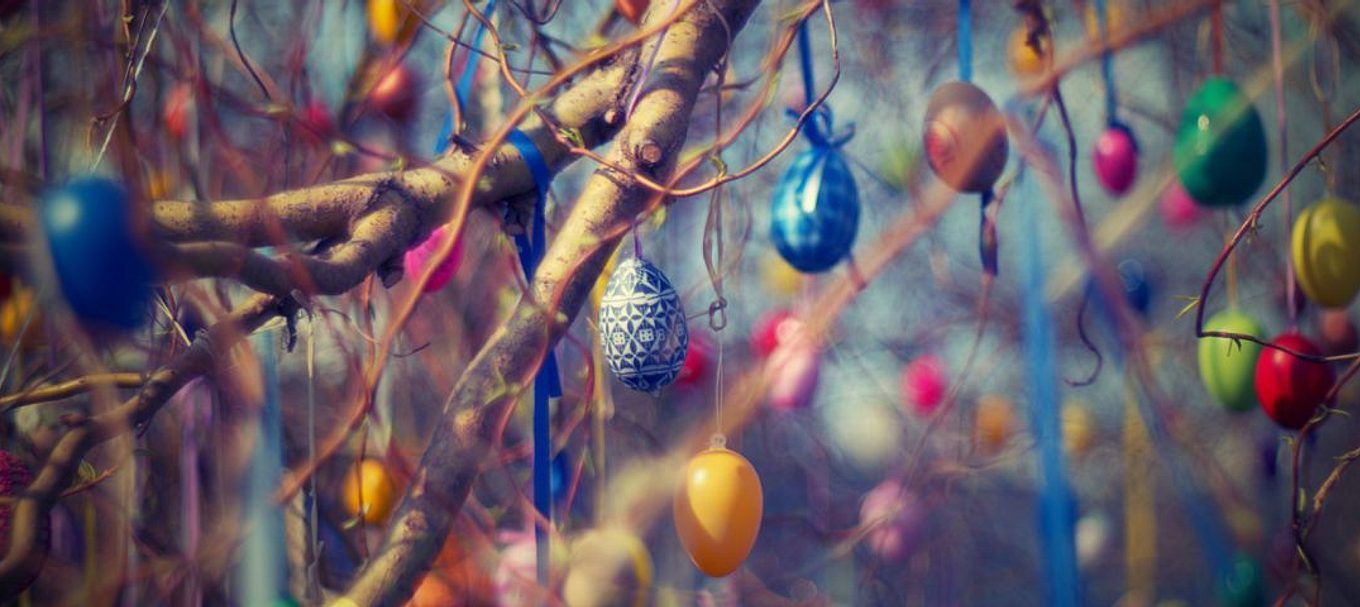
Top tips for Easter recycling
With Easter right around the corner, your house might soon be full of Easter egg wrappers and boxes, and everything in between.
But did you know that you can recycle a lot of the packaging your Easter eggs and other goodies come in?
Here are some recycling tips that will help you understand what can and can’t be recycled:
Easter egg foil
The best way to recycle Easter egg foil is to scrunch the foil up into a small fist-sized ball before placing it in the recycling bin. This makes sure the small bits of foil don’t get lost in the recycling process.
If it’s got chocolate on it, rinse it off first and if it's still too dirty then it's better in the waste bin.
You could even make a game of it with your family or friends and see who can make the largest ball!
If you haven’t consumed enough chocolate to make a fist-sized ball of foil, you can place the foil pieces into an aluminium drink can to contain them before placing it in your recycling bin.
Cardboard boxes
The cardboard boxes that package the eggs, along with any other boxes, can be placed in your yellow recycle bin for recycling. Collapsing the boxes first helps leave room in your bin for more recycling.
Hot cross bun bags
There’s one question to ask when it comes to recycling plastic – ‘does it hold its shape?’ The golden rule is, if it holds its shape when crumpled then it can be placed in the recycling bin.
That means plastic bags are a no-no, as are other soft plastics like bread bags and hot cross bun bags.
You can, however, place your hot cross bun bags in REDCycle collection bins at participating supermarkets across the state. Just remember to take the tags off before you place the bags in the bin.
What’s the link between recycling and climate change?
When an item goes in the bin and ends up in landfill, harmful chemicals and greenhouse gasses are released as it breaks down.
Recycling not only helps in creating less waste but also helps in reducing the emissions caused by waste.
But that’s not all – recycled materials can be used to create other products and we then avoid taking raw materials from the earth, such as timber and water, or having to create them from scratch using more energy and creating further emissions.
In the wine industry for instance, it is cheaper to reuse glass bottles than to create new ones – saving on energy and water.
So can’t I just throw it all in the recycling – it gets sorted later on, right?
Wrong. When unnecessary waste is put in your yellow recycling bin, we end up with ‘contamination’ of the waste. This causes problems when recyclables are sorted, and also can affect the ability of the item to be processed into a new product. In fact, contaminating a few bins could mean risking an entire truckload of recyclables.
What are the yellow bin rules?
| Thumbs up for… | Pizza boxes (these can also go in your green bin!), paper and cardboard, some plastics glass beer and wine bottles, milk cartons, aluminium or steel tins, plastic water bottles (lids off), clean yoghurt containers. Be sure to give bottles, cartons, jars and tins a quick rinse first. |
| Thumbs down for… | Plastic bags, polystyrene foam, crockery and drinking glasses, clothing or fabric, e-Waste, batteries and nappies, food waste and lawn clippings. |
Feeling full of information? Here’s something to lighten the load:
If you've already eaten too many eggs, this one’s for you:
Q. How does the Easter Bunny stay fit?
A. Eggs-ercise and hare-robics!
Visit the visit the Which Bin website for more Easter recycling tips, and an A to Z on what can and can’t be recycled. If you’re still unsure about what goes in which bin, always check with your local council.
This story was originally posted in April 2017 and has been updated with new information and resources.





